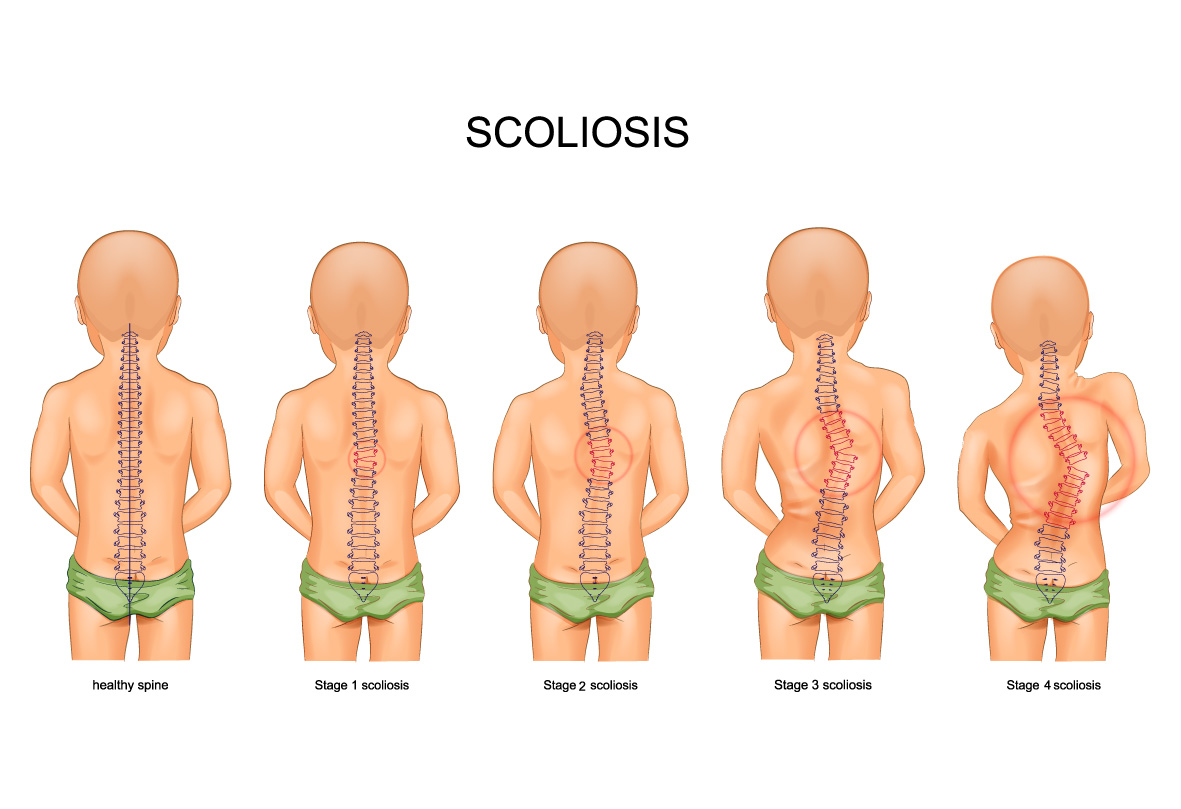Rgonomic Adjustable Children's Chairs: Unveiling the Science Behind Optimal Growth
I. The Underlying Logic of Adjustability: Decoding Children’s Dynamic Growth Patterns
Ages 3 - 6 (Thoracic Kyphosis Formation):The backrest should be adjustable to a slight 110° recline, paired with a 2cm lumbar support protrusion. This prevents excessive thoracic collapse during sitting. Advanced ergonomic chairs often feature a dddhhhdynamic back - tracking systemdddhhh to maintain spinal alignment.
Ages 7 - 12 (Lumbar Lordosis Development):The backrest height needs to increase by 3cm annually with the child’s growth. For example, at a height of 120cm, the top edge of the backrest should be 45cm from the seat surface to avoid lumbar suspension, reducing the risk of compensatory scoliosis.
Research Support: A study by Sweden’s Karolinska Institute found that children using adjustable chairs had a 61% lower incidence of scoliosis at age 12 compared to those using fixed - height chairs.

The seat height must ensure the thighs remain parallel to the ground and the calves are perpendicular. Incorrect height settings, such as overly high seats, can compress the popliteal vessels behind the knee, reducing blood flow by 40% and causing numbness.
Correct Adjustment Formula: Seat height = Child’s height × 0.25 ± 2cm. For instance, a 130cm - tall child requires a seat height of 32.5 - 34.5cm.
II. Overlooked Details: Hidden Ergonomic Features of Adjustable Chairs
Traditional foam cushions often collapse under prolonged use, concentrating pressure (over 30kPa) on the ischial tuberosities. High - quality chairs incorporate:
A 5° wedge - shaped design (reducing anterior thigh pressure) + a honeycomb latex core (distributing pressure below 20kPa);
A 0.8cm soft - edge padding to prevent thigh root chafing, meeting OSHA standards.
When a child leans back, an ideal backrest should offer 0.5cm of elastic follow - through (e.g., via spring - fiberboard structures). Rigid backrests can increase intervertebral disc pressure by 2.3 times, while advanced designs with S - shaped elastic steel bars limit the increase to just 0.8 times.
III. Essential Parent Guidelines: Common Adjustment Mistakes and Solutions
Some parents lower the seat excessively to ensure the child’s feet touch the ground, causing knee flexion beyond 120° and hamstring strain.
Correct Approach: Maintain the dddhhhthighs - parallel - to - grounddddhhh rule even if the feet dangle, and use a 10cm adjustable anti - slip footrest.
The backrest should be set at 95° - 100° for writing (keeping the torso upright) and 110° - 115° for reading (reducing lumbar pressure). However, a China Furniture Association survey revealed that 83% of parents never adjust the backrest angle.
Solutions: Mark dddhhhwritingdddhhh and dddhhhreadingdddhhh zones on the backrest, or use smart reminders (e.g., prompt adjustments after 30 minutes of study).

IV. Expert - Recommended Buying Guide: Hands - On Testing Tips
Adjustment Smoothness Test:
Adjust the backrest height with one hand; resistance should be < 2kg (measurable with a spring scale) and operate without jams to prevent pinching.
Stability Test:
Tilt the chair 15°; it should self - correct. A base weight of ≥ 5kg helps prevent tipping during backward leans.
Pressure Distribution Test:
After a child sits down, insert an A4 paper between their lower back and the backrest. If it slides out easily (gap ssshhh 2cm), the lumbar support is insufficient.
V. Beyond Adjustability: Investing in Long - Term Growth
Cost - Efficiency: Adjustable chairs can last 6 - 8 years (covering ages 3 - 12), saving 60% compared to purchasing three fixed - height chairs.
Health Benefits: Properly adjusted chairs can:
Reduce myopia incidence by 22% (due to consistent eye - to - object distance);
Decrease hunchback risk by 47% (through even spinal loading);
Extend attention span by 15 minutes (minimizing physical discomfort).

